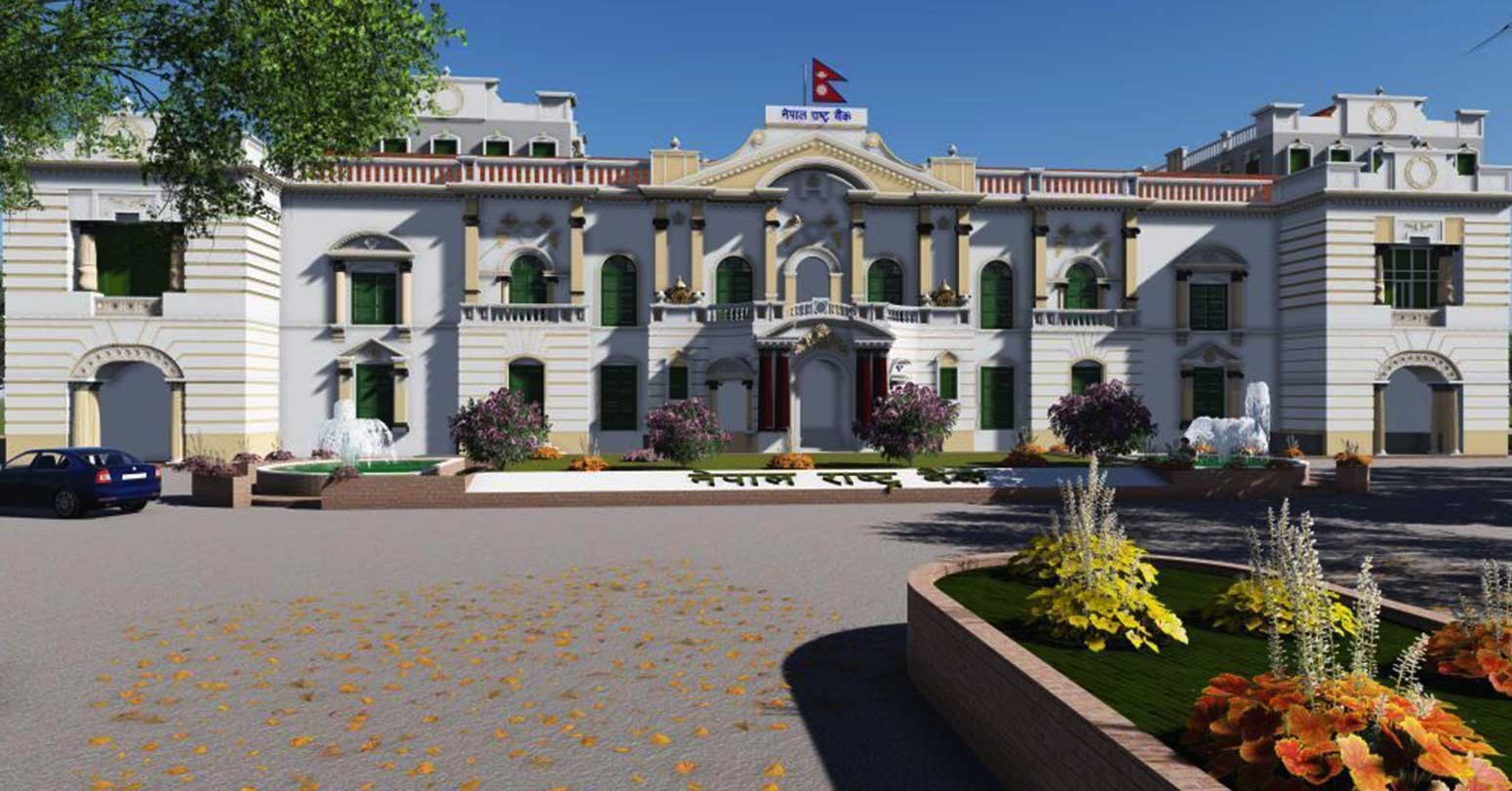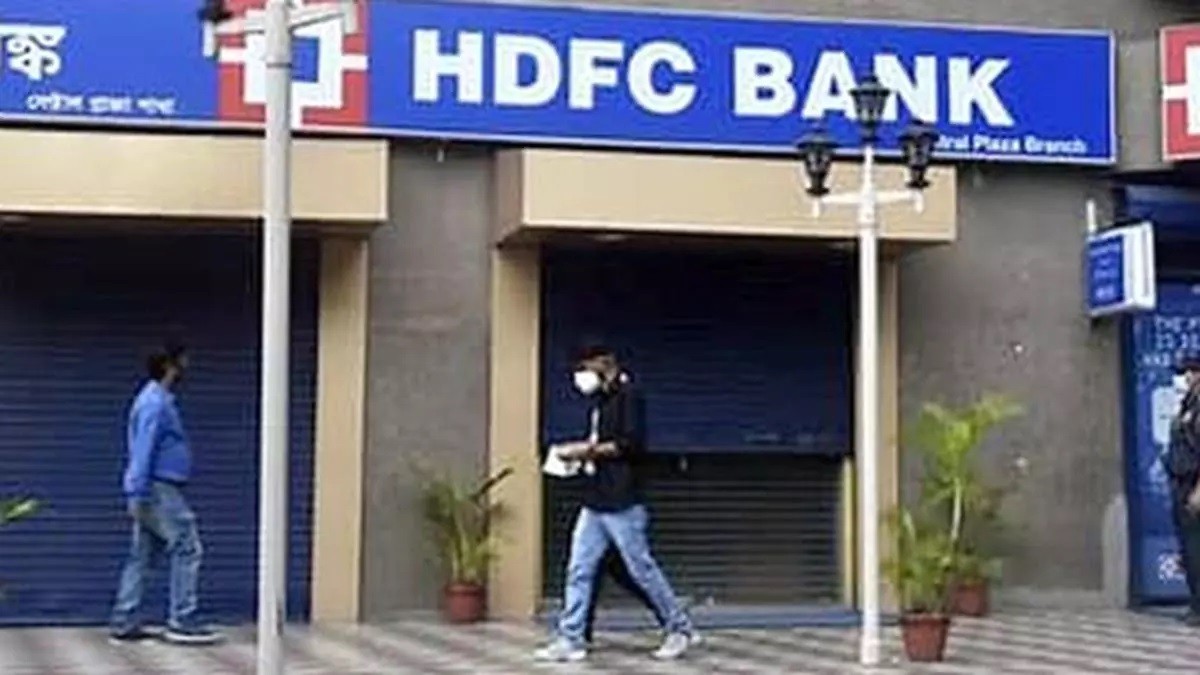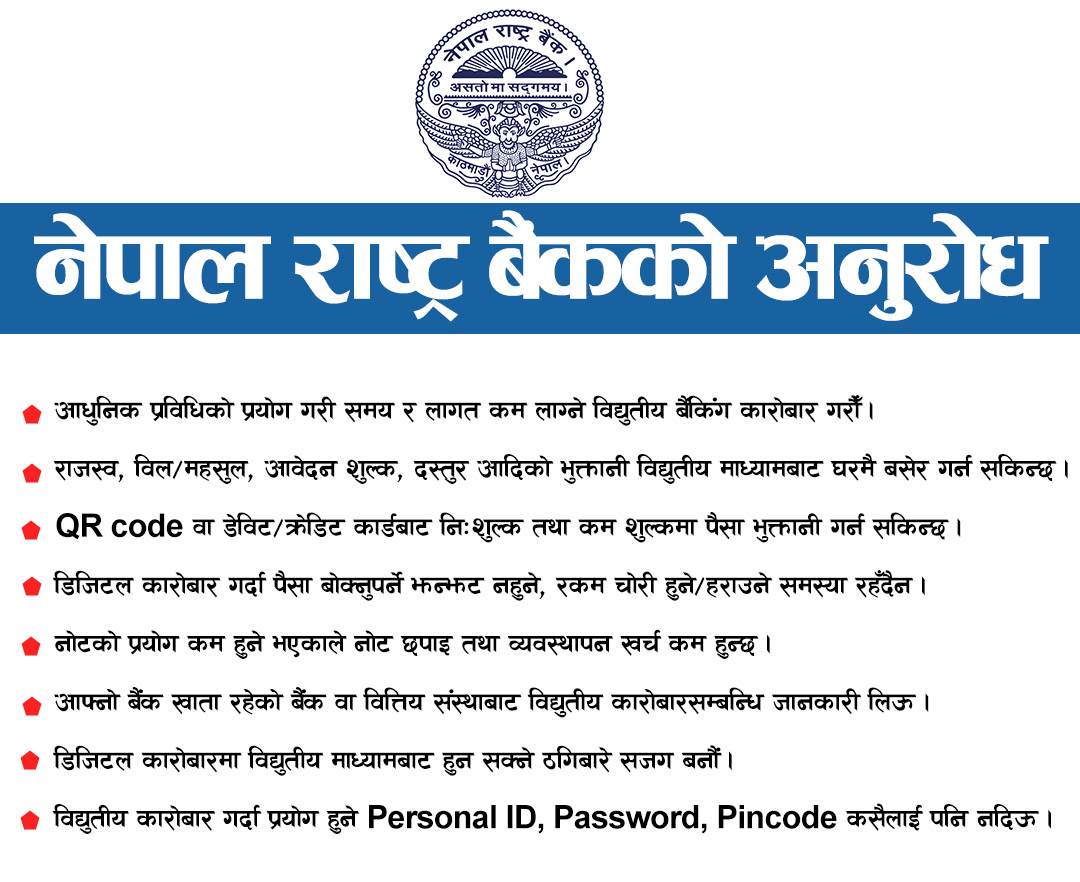11 commercial banks CCAR less than 10 percent and NIC Asia Bank has not been able to pay dividends
Mar Thu 2023 05:29:23
1075 views

Kathmandu. As of the second quarter of the current financial year, the primary capital ratio (CCAR) of 11 commercial banks is less than 10 percent. According to the data released by the National Bank today, the CCAR of Himalayan Bank, Nepal SBI Bank, NIC Asia, Machhapuchhre Bank, Kumari Bank, Lakshmi Bank, Siddharth Bank, Citizens Bank, Sunrise Bank, Prabhu Bank, Sanima Bank is less than 10 percent till the second quarter of the current financial year. . Rastra Bank calculates CCAR by reviewing all types of capital and analysis of banks.
The National Bank has arranged to calculate capital fund as primary capital (CCAR) and supplementary capital (CAR). According to Rashtra Bank's 'Capital Adequacy Framework 2015', commercial banks are required to maintain 8.5 percent primary capital and 2.5 percent capital conservation buffer i.e. supplementary capital of 11 percent. Among them, primary capital is mandatory.
Banks whose primary capital does not reach 8.5 percent are still withheld from dividend distribution. Even within the primary capital fund, the minimum common equity should be 4.5 percent with a capital conservation buffer of 2.5 percent, the minimum common (Tier One) capital ratio should be 6 percent without the capital conservation buffer and 8.5 percent with the buffer. Which is called primary capital ratio.
Banks cannot distribute dividends if the ratio of liabilities taken by the bank is higher than the investment made by the shareholders. Because of this, it is seen that the dividend distribution of these banks will suffer this year as well. As in the last financial year, there has not been much progress in deposit collection of banks. Accordingly, banks have reached a situation where they cannot provide loans. Due to the inability to collect deposits according to the demand for loans, the loan-to-deposit ratio (CD) ratio was over 90 percent. Now it has improved.
Now there has been some improvement and it is around 86/87 percent. When the National Bank calculated this data, the CD ratio was even higher. So the troubled banks stopped lending and now there is some relief. The main reason why banks stop or reduce new loans is to exceed the limit of the capital ratio or reach the 'border line'. That's why banks don't seem to be lending that much lately.
On average, the CCAR of commercial banks is above 10.13 percent, but during that period, the CCAR of 11 commercial banks is less than 10 percent. Until the end of last June, the CCAR of 8 commercial banks remained at the 'border line' i.e. 8.64 percent to 9.93 percent. Until the end of last June, on average, CCAR of commercial banks remained at 10.76 percent and CAR at 13.57 percent. During this period of the current financial year, the CCR of commercial banks is 13.01 percent.
NIC Asia Bank has not been able to pay dividends for two consecutive years in the last financial year and the previous financial year. This year too, if the bank does not pay attention to this aspect, it is seen that the hands of the investors will be empty again this year.
As the ratio of liabilities taken by the bank is higher than the investment made by the shareholders, it is seen that NIC Asia Bank will not be able to distribute dividends. It is seen that the bank will not be able to pay dividends even from the profits of the previous financial year 2077/78 and last financial year 2078/79.







